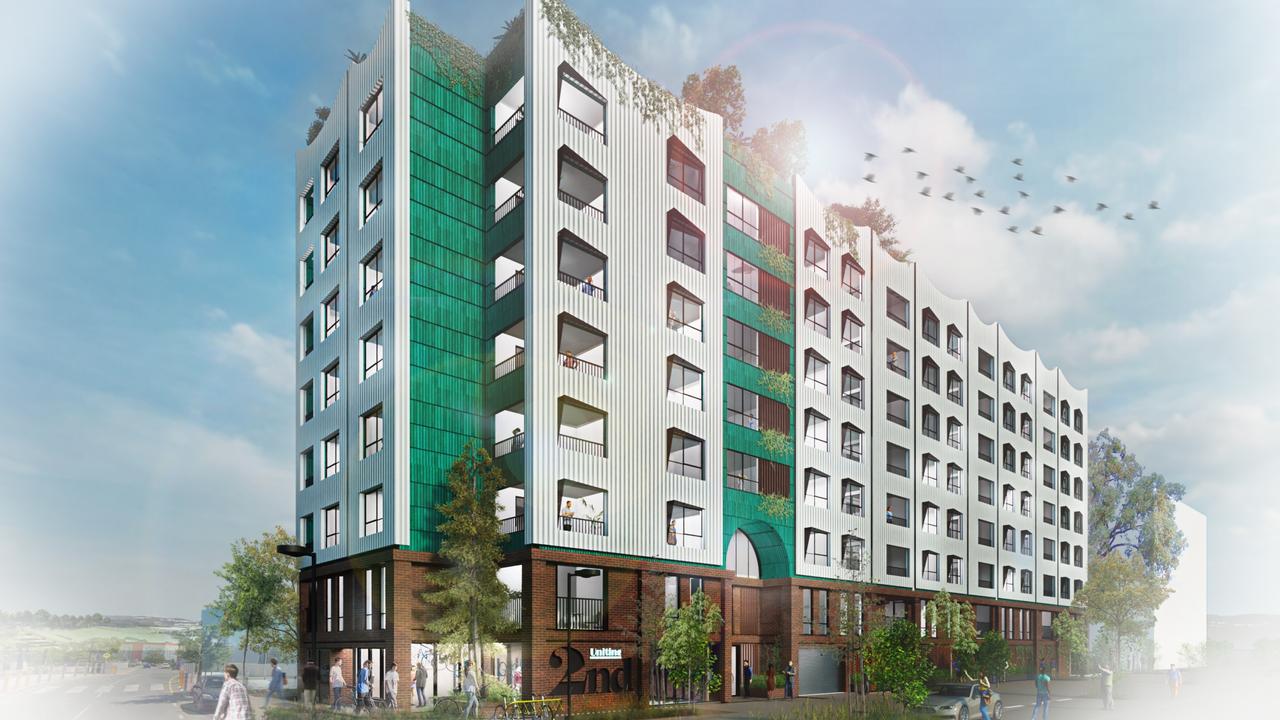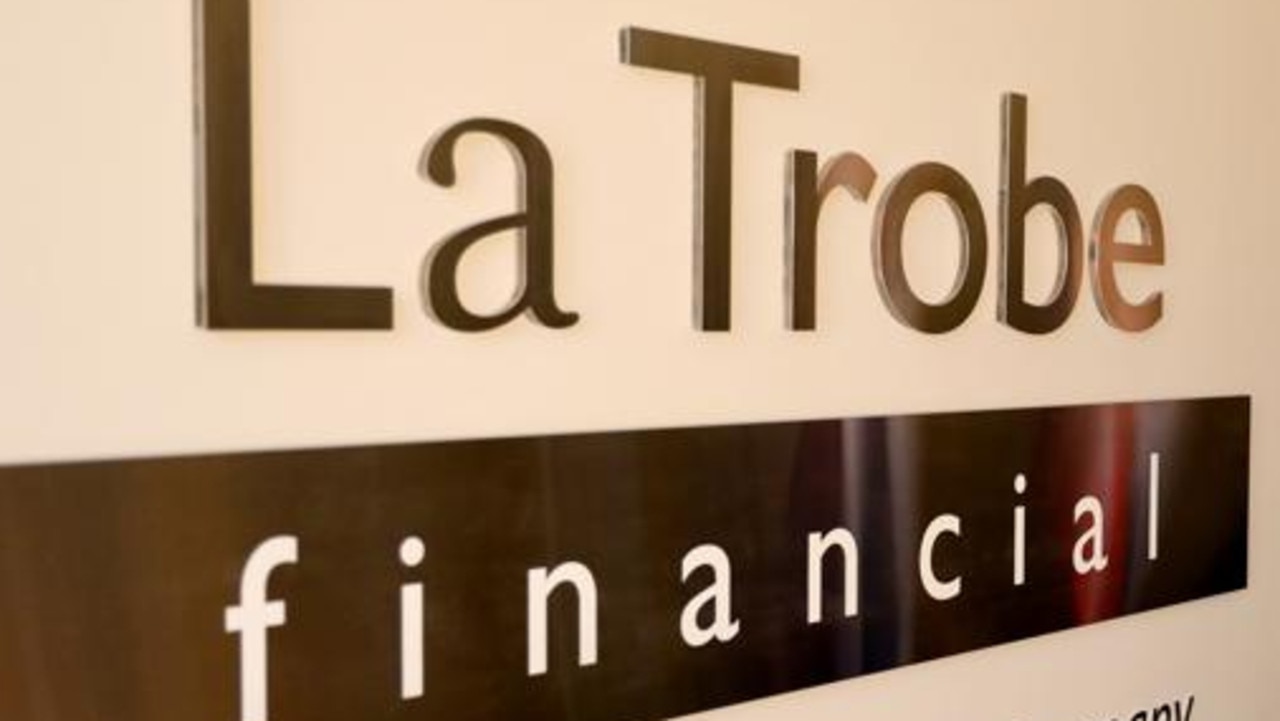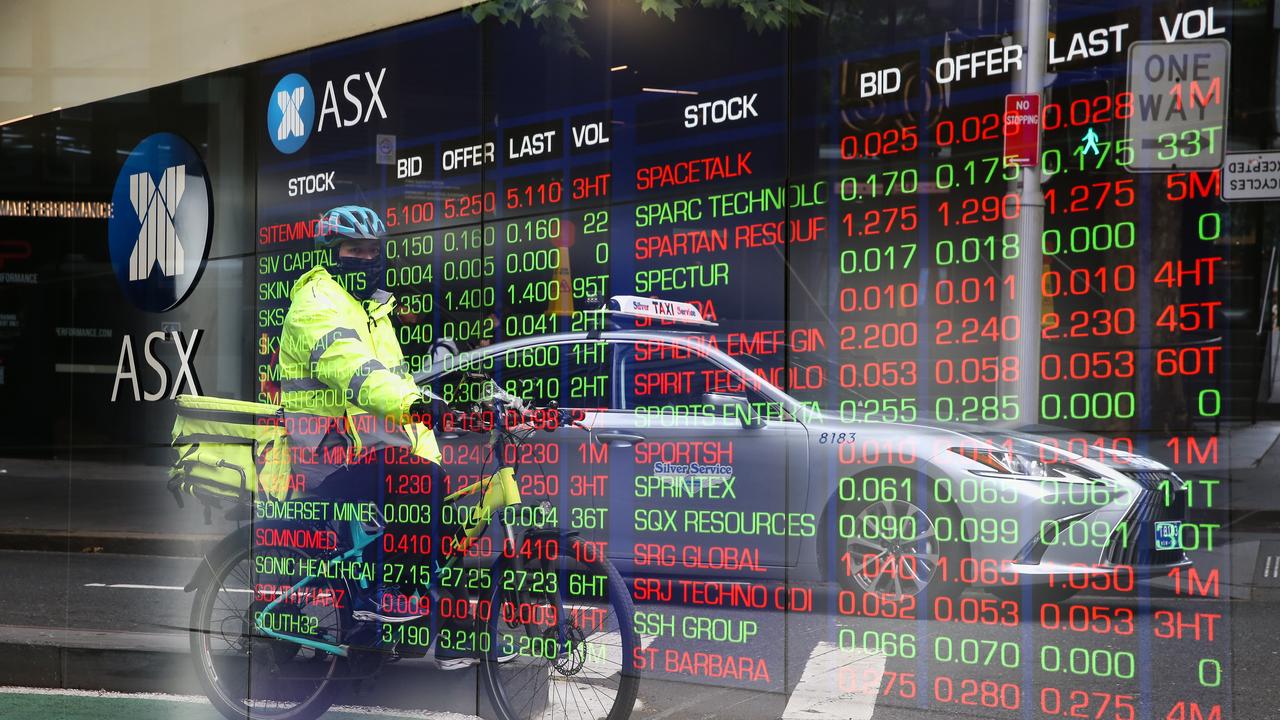Kennett claims Australian-first ‘material bank’ at Uniting on Second, Bowden site in green building push
A new eight-storey affordable housing project in Adelaide’s inner north is turning heads for an Australian-first feature set to reshape the building industry.

Business
Don't miss out on the headlines from Business. Followed categories will be added to My News.
Building materials used in the construction of a new affordable housing project in Adelaide’s inner north are being catalogued as part of a landmark new scheme to help the environment.
Materials, such as steel beams and pre-cast concrete, will be catalogued so they can be identified and reused at the end of the building’s life as part of a ‘material bank’ scheme designed to help make the industry greener.
In a major green building push, commercial builder Kennett claims to have become Australia’s first construction company to open a material bank of building resources – at its $37m Uniting on Second project, which is targeting a 5-Star Green Star rating for sustainable building.
Following a submission by Kennett, the Green Building Council developed a Green Star Leadership Challenge to incentivise the 1200 registered building projects across the country currently seeking a Green Star rating to set up or work with other material banks.
The Uniting on Second project at Bowden – a joint venture between Kennett, not-for-profit aged care and accommodation provider UnitingSA and South Australia’s state government development agency Renewal SA – is the first project to participate in the scheme.
It will feature 70 affordable apartments across an all-electric eight storey build.

Kennett general manager Anthony Carbone, who’s leading the material bank initiative, said it was designed to lower carbon emissions, and in the long run, would free up access to resources and reduce building costs.
“Efficient structural design, modular design and green concrete are some of the common ways to reduce greenhouse emissions in construction, however, Kennett’s material bank goes to the root cause of emissions to make the largest impact,” Mr Carbone said.
“In construction, raw materials are mined from the earth and manufactured into building materials, which is when the most emissions are created. Then they’re demolished and put into landfill, or re-manufactured into low grade materials when a building reaches the end of its lifespan. Kennett’s material bank will see building materials continue in an upcycled state and be re-certified and reused in new buildings.
“With the cost of construction increasing by as much as 50 per cent in recent times, the material bank also provides long term cost savings by reducing the quantity of materials being purchased.”
The buildings and construction sector is by far the largest emitter of greenhouse gases, according to the United Nations Environment Programme, accounting for 37 per cent of global emissions.
Most of the emissions occur in the mining and processing of materials into construction products such as cement, steel and aluminium.
By cataloguing building materials so they can be identified and re-certified, the material bank enables structural materials such as steel beams, pre-cast concrete panels, cladding and solar panels – typically recycled into low grade materials – to be directly reused in future buildings.
Kennett has partnered with the University of Adelaide and sustainability consultants dsquared Consulting for research and technical support in developing its material bank initiative.
Green Building Council senior manager of strategy and development Taryn Cornell said material banks had the potential to be a “game-changer” for the construction industry’s efforts to improve its environmental performance.
“This approach aligns with the principles of a circular economy and we look forward to seeing it contribute to Australia’s efforts in this area.”
Mr Carbone said government backing for material banks in Australia would support the construction industry’s efforts to reduce emissions.
“Long term, we would like to see a federally funded material bank administered at a national level, that’s accessible to all,” he said.
“As a signatory to the Paris Agreement, rolling out a national material bank would be a significant step towards achieving Australia’s emissions reduction target.”
More Coverage
Originally published as Kennett claims Australian-first ‘material bank’ at Uniting on Second, Bowden site in green building push









